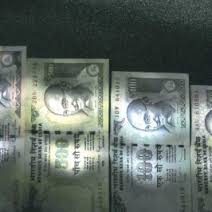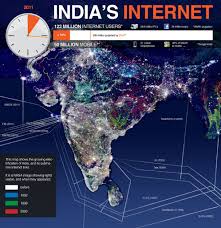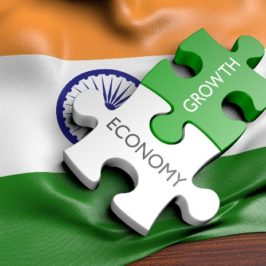
Contrary to gloomy predictions, the roll-out of the goods and services tax (GST) has been a much smoother affair and the industry has adapted to it without major hassles. As FE spoke to a cross-section of the industry, several government officials and the administrative and field levels, tax experts and analysts, some things came out clearly: The gap between the country’s existing indirect tax assessee base and those registered on the GST Network has almost vanished, indicating that even large sections of small businesses that had the option of composition scheme decided to join the GST bandwagon. Grouses over the compliance burden that the new tax has imposed on small businesses are fast disappearing except for the cavils of those not wanting to report their entire transaction volume for fear of increased income tax liability. There are of course some niggling issues like how to compute the tax liability under the reverse charge mechanism but these too are getting resolved.
FE spoke to Delhi-based companies consisting of electronics dealers, auto parts dealers, small chartered accountant (CA) firms among others. While most of the businesses were VAT assessees in the previous era, the CA firm registered on the GSTN portal as a first-time taxpayer.
“Migrating to GSTN was a simple process that only took ten minutes,” Nitin Gupta of Siyaram Bros, a company sells automobile parts to retailers across the country. Gupta said with over `30 crore in annual turnover, his company has had a smooth ride in the first ten days of the new indirect taxation regime, that marks a giant leap towards a one-nation- one-tax regime. Although, businesses have often stated that filing returns in GST would be complicated, Gupta said that most of the processes are similar to what companies were doing under the VAT system. “We are still a month away from filing the first return but I don’t see a problem,” he said.
Govind Kumar of Baba Computers and Sandeep Mittal of Mittal Sandeep and Associates, a CA firm, concurred.
For them, the GSTN registration did not involve any glitches. Both the companies had been using accounting and tax software from Tally, and have now switched to GST-enabled version of the same. The software solution is expected to cost about `11,000 per year.
Gupta, however, added that those retailers the company deals with have been in state of panic largely due to lack of awareness. The company expects smooth flow of input tax credits as it buys from big businesses who are expected to be GST-compliant. “Some of the retailers who we sell to may not be ready, which could impact our sale volume,” Gupta said.
Mittal, who runs the CA firm, said that most of his clients were assessees before and have migrated to GSTN without a hiccup. Among other issues, his firm has advised small businesses on whether to opt for general GSTN registration or become a taxpayer under composition scheme.
The scheme allows easier compliance for certain businesses with annual turnover of less than Rs 75 lakh. However, according to the law, firms under the scheme can neither avail input tax credit nor supply to other states.
“Most of my client deal with inter-state supplies and hence they aren’t eligible for the composition scheme so far,” Mittal said. He added that he has advised a few firm to opt for the scheme based on a cost-benefit analysis but even these businesses are keen to avail input tax credits.
Speaking about the the issues faced by his business, Gupta admitted that he wasn’t quite clear about the reverse charge mechanism and how to deposit tax collected under it with the government at the time of filing returns.
According to GST law, a recipient is required to collect and deposit taxes under reverse charge mechanism for certain services including transportation. Of the 81 lakh existing taxpayers, 68 lakh have migrated to GSTN while nearly 2 lakh new taxpayers have also registered on the portal at the end of June. The GST tax base appearing smaller than in the previous regime is a misnomer. Earlier, a large section of the taxpayers needed to register seperately with the Centre (for excise, countervailing duty on imports and service tax) and states (for VAT). The GST has removed these duplications.





